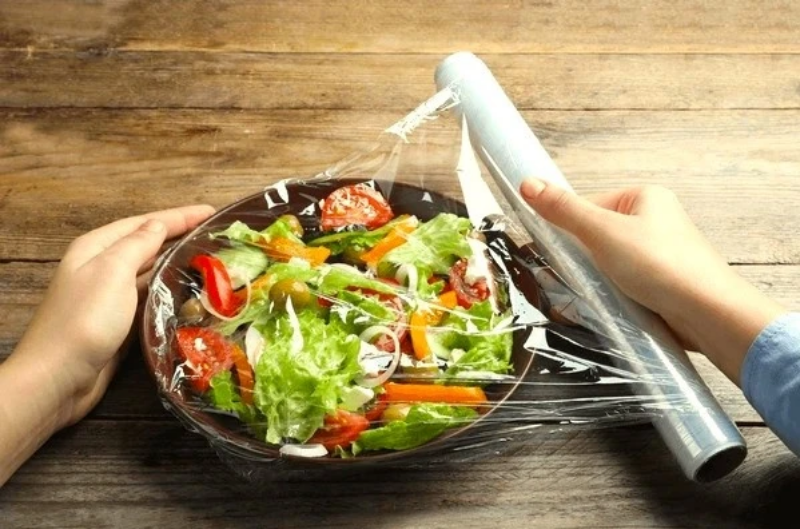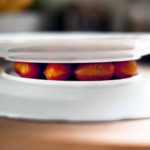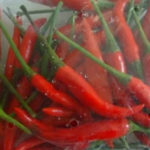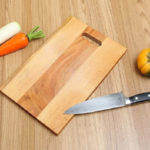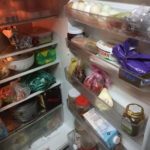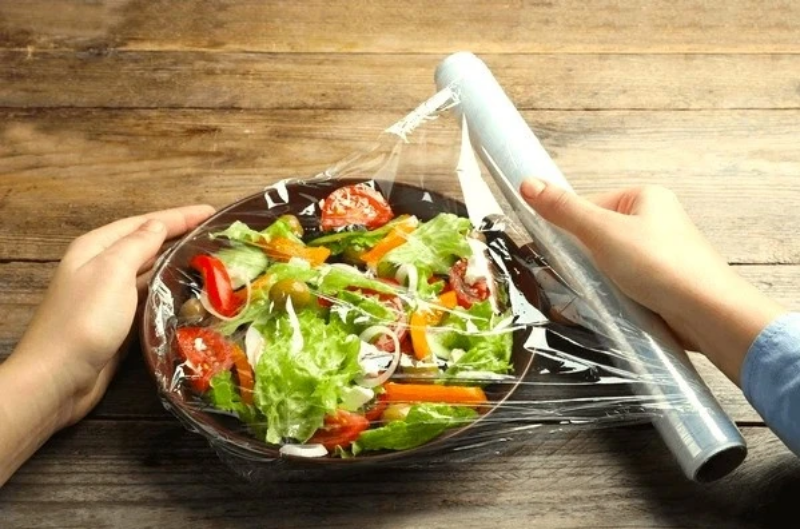
Using food wrap is a common practice for most Vietnamese when it comes to storing food and other perishables. However, according to Colonel and Doctor Le Thi Thu Ha, Head of the Nutrition Department at Army Medical University Hospital 175 (Ministry of National Defense), improper use of food wrap can increase the risk of bacterial contamination.
To ensure optimal food storage, consider the following tips for using food wrap effectively.
5 Things to Keep in Mind When Using Food Wrap
– Choose the right food wrap
Select a food wrap that is suitable for the type of food you want to store. For instance, opt for an antibacterial food wrap when storing meat, fish, and frozen products.
– Use it correctly
Make sure the product is completely sealed. Remove air from the food wrap to minimize oxidation and the impact of air on the food.
– Store at the right temperature
Food wrapped in food wrap should be stored at the appropriate temperature. For instance, frozen food should be stored at -18 degrees Celsius or lower. Fresh food should also be stored at lower temperatures to prolong its shelf life.
– Check regularly
Regularly inspect the food to ensure it hasn’t spoiled or gone bad. If the product has spoiled or is no longer edible, discard it immediately.
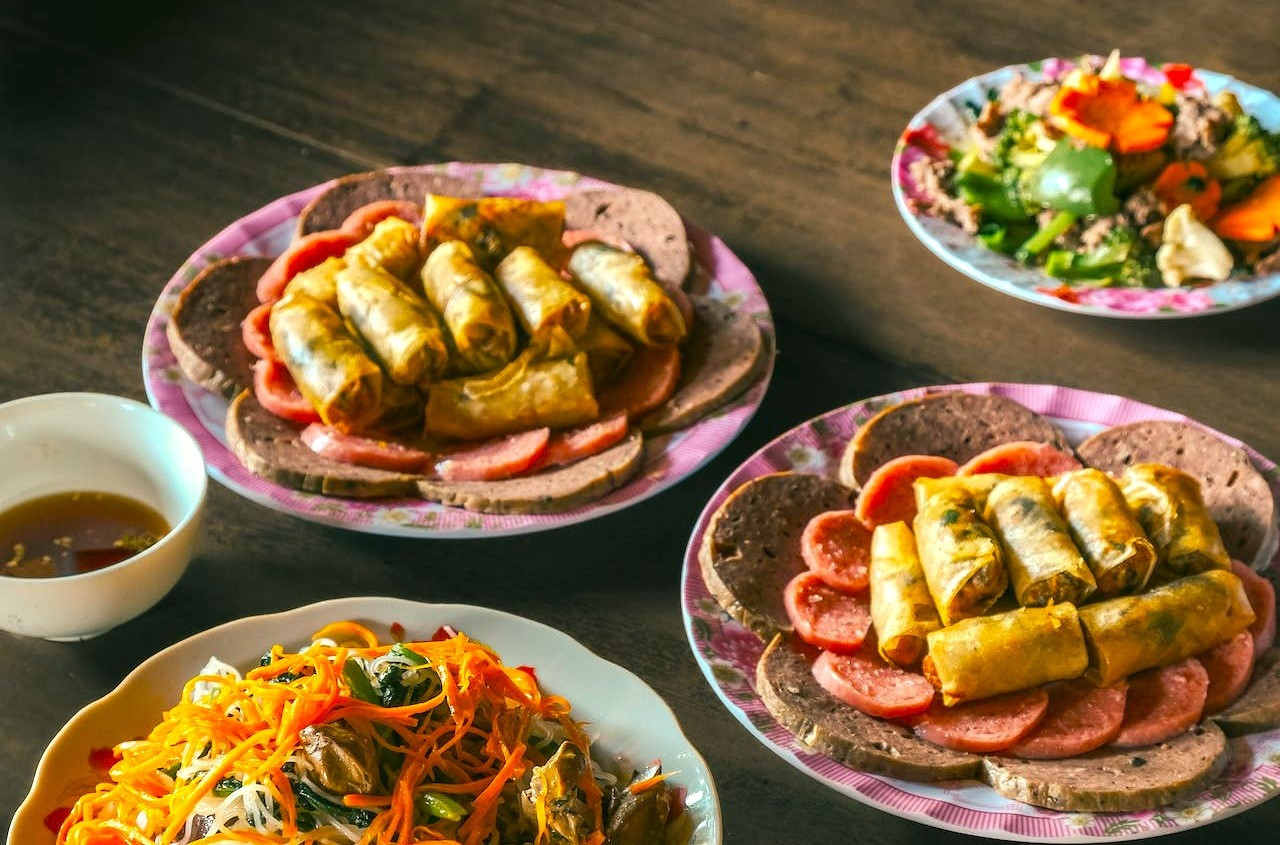 |
|
Food should be consumed on the same day it is prepared. If using food wrap, ensure you choose the right type, seal it tightly, and don’t leave it wrapped for extended periods. Photo: Pexels |
– Pay attention to the expiration date
Do not use expired food wrap. Always opt for a new food wrap to ensure quality and effectiveness.
Additionally, it’s important to remember that food wrap is not a long-term food storage solution. It only helps prolong the shelf life of food for a short period.
Common Mistakes to Avoid
Here are some mistakes to avoid when using food wrap, as they can lead to food spoilage and increase the risk of bacterial growth and toxin accumulation.
– Not sealing properly and using it for too long
If you don’t remove air from the food wrap, the trapped air will accelerate oxidation and create an environment conducive to bacterial growth.
Moreover, avoid using food wrap for extended periods, as it may tear, providing an entry point for bacteria and toxins.
– Using low-quality food wrap
Using a low-quality food wrap can allow air and moisture to penetrate, increasing the likelihood of tears and providing an opportunity for bacteria and toxins to accumulate.
– Using the wrong type of food wrap
Using the wrong type of food wrap for different types of food can lead to faster spoilage and increased bacterial growth.
To ensure proper use of food wrap, remember to seal the food tightly, opt for high-quality food wrap suitable for the type of food, remove air from the wrap, inspect the food regularly, and avoid using the wrap for extended periods.
According to Zing
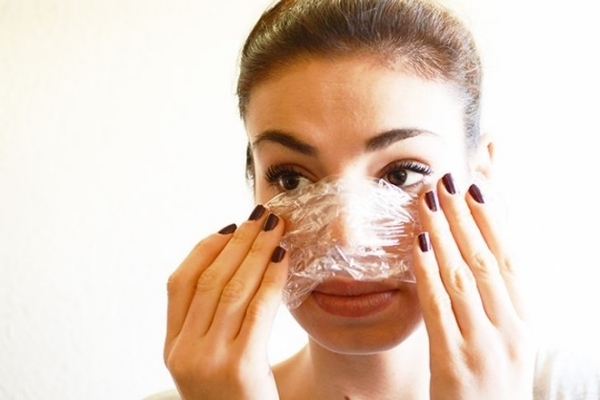
10 Surprising Benefits of Food Wrap That Everyone Should Know
Almost every household has a roll of food wrap, but many people are unaware of its multiple uses beyond just wrapping food.
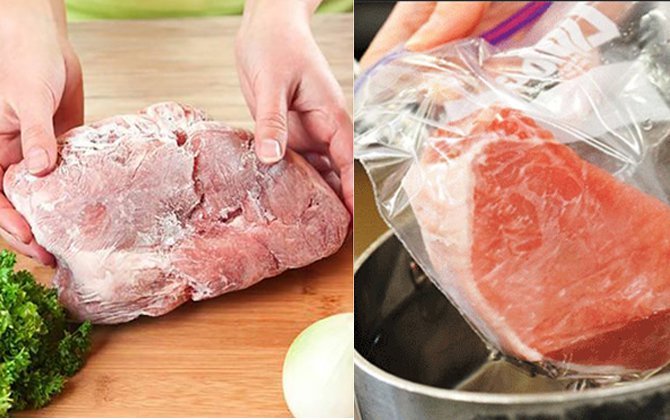
Safe Defrosting Tips to Keep Your Food Fresh and Nutritious
Improper defrosting can lead to a loss of nutrients and compromise the safety of your food.
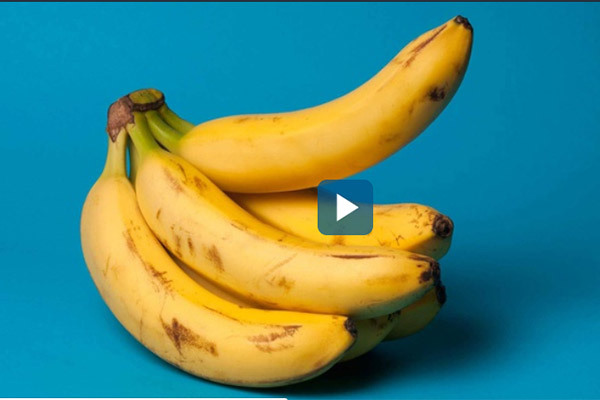
Tips for Keeping Your Food Fresh for Longer
Learn how to prevent bananas from turning brown, bread from molding, milk from souring, and keep your vegetables fresh for a more extended period.
Ten Strategies to Streamline Your Cooking Process
Are you a busy housewife looking for ways to save time in the kitchen? Did you know that flossing can also help you out? Check out these 10 tips to help you quickly and easily prepare delicious meals for your family. Learn how to peel garlic in 10 seconds and cut cherry tomatoes quickly for a healthy and tasty meal.
4 Strategies for Storing Chili for One Month
Do you want to enjoy the fresh, spicy flavor of chili peppers all month long? Look no further! This article provides tips and tricks for storing chili peppers so that they stay fresh and flavorful for up to a month. Learn how to best preserve your peppers and savor their zesty taste for weeks to come.
8 Common Mistakes People Make with Cutting Boards
Are you using your cutting board correctly? Many Vietnamese households rely on cutting boards in their kitchen, but not everyone knows how to use them properly, especially when it comes to wooden cutting boards. Check out these 8 mistakes to avoid when using a cutting board to ensure both hygiene and safety for everyone in your family.
Is Refrigerated Leftovers Linked to an Increased Risk of Cancer?
Dr. Lam Van Man, Head of Research, Development and Technology Transfer Department of the Institute of Safety Food, has warned of the risk of food poisoning when reheating leftovers from the refrigerator. But what should we be aware of when it comes to the possibility of these leftovers causing cancer? Here, we explore what the experts have to say on the matter and offer some tips for safe eating.
























